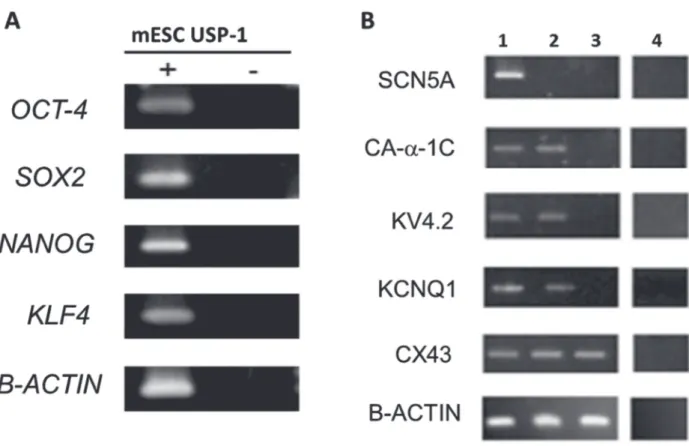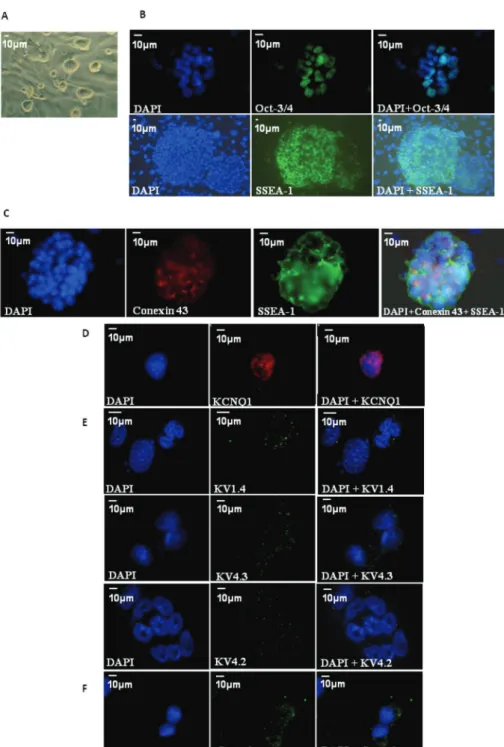Functional properties of a Brazilian derived mouse embryonic stem cell line
Texto
Imagem




Documentos relacionados
In this work we describe the establishment of mesenchymal stem cells (MSCs) derived from embryonic stem cells (ESCs) and the role of bFGF in adipocyte differentiation.. The
The evidence of stem cells in the human endometrium and the suggestion of the presence of stem cells — speci fi cally the mesenchymal lineage 8 — may be related to the worsening of
A partir dos resultados de análises químicas por fração granulométrica da etapa anterior, foram compostas 3 frações granulométricas para os ensaios de separação mineral
Figure 3. Chimeric animals obtained after aggregation of compacted morulae derived from CD-1 strain w ith USP-1 embryonic stem cell line. Percentages refer to the levels of coat
We examined in vitro the characteristics of embryonic cells of Rhipicephalus microplus and Amblyomma cajennense in cell culture and investigated the suitability of embryonic
Transplantation of human embryonic stem cell-derived neural precursor cells and enriched environment after cortical stroke in rats: cell survival and functional
The probability of attending school four our group of interest in this region increased by 6.5 percentage points after the expansion of the Bolsa Família program in 2007 and
The first study (two experiments) investigated the effect of donor cell type (fibroblastic-like cells - FIB vs. adipocyte-derived mesenchymal stem cells - ADMSC), and host